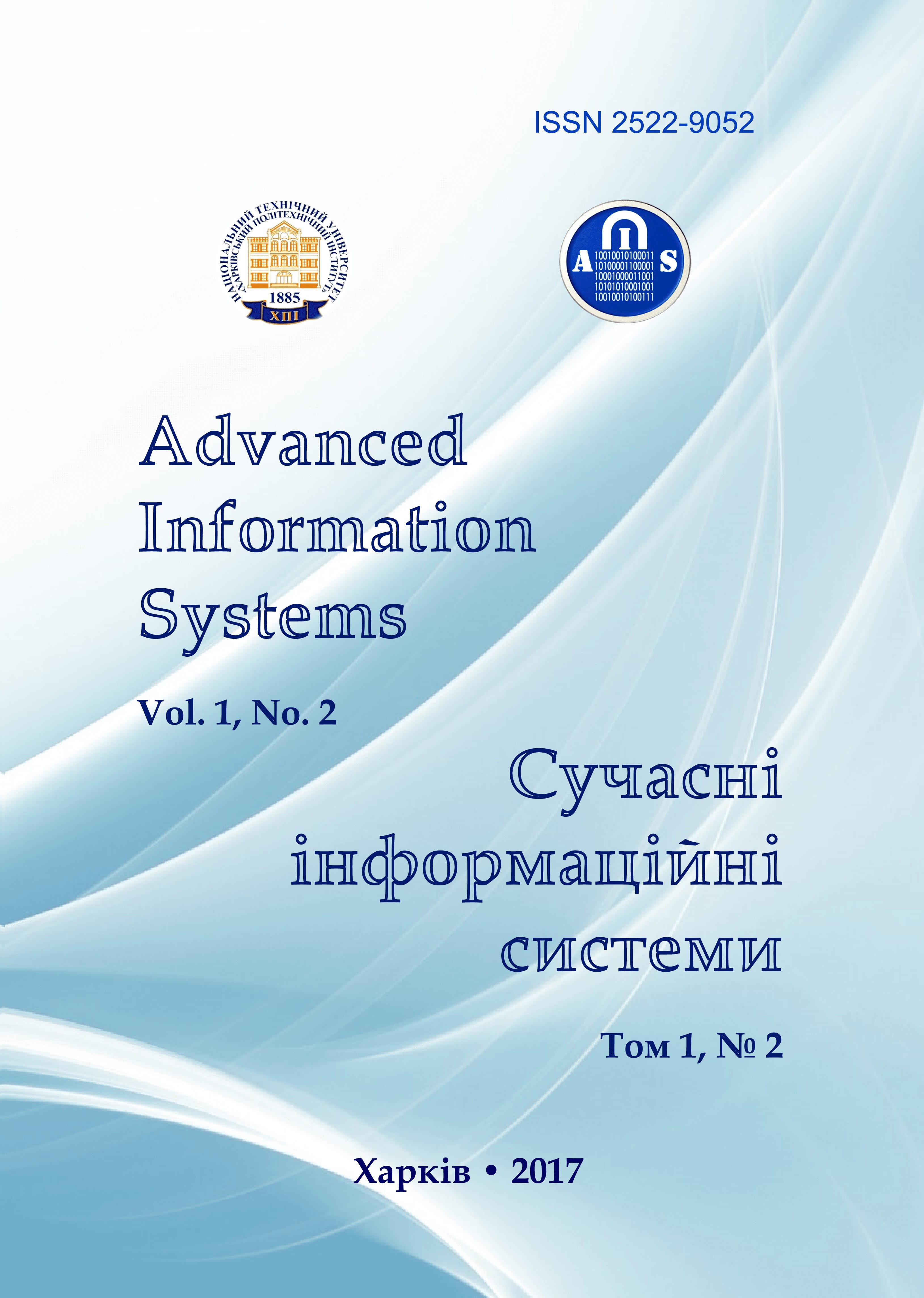Noise-like signals in wireless information transmission systems
Main Article Content
Abstract
The subject matter is analysis and evaluation of efficiency of noise-like signals in wireless information transmission systems. The aim is quality of service improvement for mobile subscribers, due to communication channel multiplexing using complex signal-code structures. The objective is development of a systemic view of the technology of information transmission using ultra-short pulse signals focusing on main phenomena that arise at different stages of signal transmission in a wireless information transmission system. The methods use dare sequential analysis, simulation modeling and digital signal coding. The following results have been obtained. An antenna design featuring an expanding slit has been proposed for effective emission and reception of noise-like signals. A method for controlling radiation pattern of such antenna array has been developed. Gaussian Monocycle coding of information with time position-pulse modulation has been justified to be used as a noise-like signal. It has been shown that for the organization of independent channels in one frequency band, it is practical to use a system of orthogonal codes, e.g. Walsh sequence. Due to accumulation of pulses of a useful information signal in the receiver correlator, significant increase in signal-to-noise ratio becomes possible, which enables information transmission over a wide frequency range well below the noise level. As a result, a systematic understanding of the technology of information transmission using ultra-short pulse signals in wireless information transmission systems is developed and a quantitative evaluation of the efficiency of the proposed technical solutions is provided. Conclusion. The use of noise-like signals in wireless information transmission systems provides for high data transmission rates with high interference immunity and tapping protection communication channel. The ability to operate with low emitted power and the high penetrability of noise-like signals through various obstacles, for example, walls, allow meeting the requirements for electromagnetic compatibility and ensuring stable communication in conditions of multipath propagation of radio waves. These circumstances form the basis for the development and implementation of information transfer technology using noise-like signals when designing office networks.
Article Details
References
Serkov, A.A. and Logvinenko, N.F. (2009), “Development of Approaches to Creating the Theory of the Value of Information”, Bulletin of NTU “KhPI”. Themes. Vyp.: Informatics and Modelling, NTU “KhPI”, Kharkiv, No. 2, pp. 18-24.
Shannon, K. (1963), Works on Information Theory and Cybernetics, Nauka, Moscow, 830 p.
Harmuth, H.F. (1969), Transmission of Information by Orthogonal Functions, Springer-Verlag, Berlin, Heidelberg, New York, 269 p.
Harmuth, H.F. (1980), Sequency Theory: Foundations and Applications, Academic Press, New York, 575 p.
Harmuth, H.F. (1981), Non sinusoidal Waves for Radar and Radio Communication, Academic Press, New York, London, Toronto, Sydney, San Francisco, 376 p.
Varganov, M.E., Zinoviev, Yu.S. and Astanin, L.Yu. (1985), Radioactive Characteristics of Aircraft, Radio and Communication, Moscow, 230 p.
Kochetov, A.V. (2013), “Element of the antenna array for the emission of powerful ultrashort pulses”, Collection of proceedings of the IV All-Russian scientific conference "Ultra-wideband signals in radar, communications and acoustics", pp. 211-215.
Shostko, I.S. (2011), “Methods of forming a directional pattern in ultra-wideband antenna arrays for wireless access points”, Problems of telecommunications, No. 1 (3), pp. 52-61, available at : http://pt.journal.kh.ua (last accessed March 15, 2017).
Smirnov, A.A, Ivanov, B.V, Cardo-Sysoev, A.F. and Shevchenko, S.A. (2015), “Investigation of the process of formation of subnanosecond voltage drops by carbide-silicon drift diodes with a sharp recovery”, NAUKOVODENIE, Vol. 7, No. 4, available at : http://naukovedenie.ru/PDF/141TVN415.pdf (last accessed March 15, 2017), DOI : 10.15862/141TVN415.
Shakhnovich, I.V. (2001), “Ultra-wideband Communication. Second Birth?”, Electronics Science Technology Business, No. 4, pp. 8-15.
Sakharov, K.Yu. (2006), Emitters of ultrashort electromagnetic pulses and methods for measuring their parameters, Publishing house of MIEM, Moscow, 159 p.
Mikhailov, K.A., Sakharov, K.Yu. and Turkin, V.A. (2008), “Evaluation of the durability of on-board computers in conditions of ultrashort electromagnetic fields influence”, EMC Technologies, No. 4, pp. 12-19.
Sakharov, K.Yu., Yankovsky, B.D. and Edlin, M.Yu. (2009), “Influence of ultrashort electromagnetic pulses on the execution of information function of digital devices with non-volatile memory”, EMC Technologies, No. 3, pp. 47-54.
Akbashev, B.B., Batonov, N.M., Sakharov, K.Yu. and Turkin, V.A. (2011), “Stability of video surveillance systems to the effect of powerful ultrashort electromagnetic pulses”, EMC Technologies, No. 2 (37), pp. 24-29.
Akbashev, B.B., Batonov, N.M., Sakharov, K.Yu. and Turkin, V.A. (2011), “Experimental studies of the operation of devices of a standard integrated security system under the influence of ultra short electromagnetic fields”, EMC Technologies, No. 2 (37), pp. 30-36.
